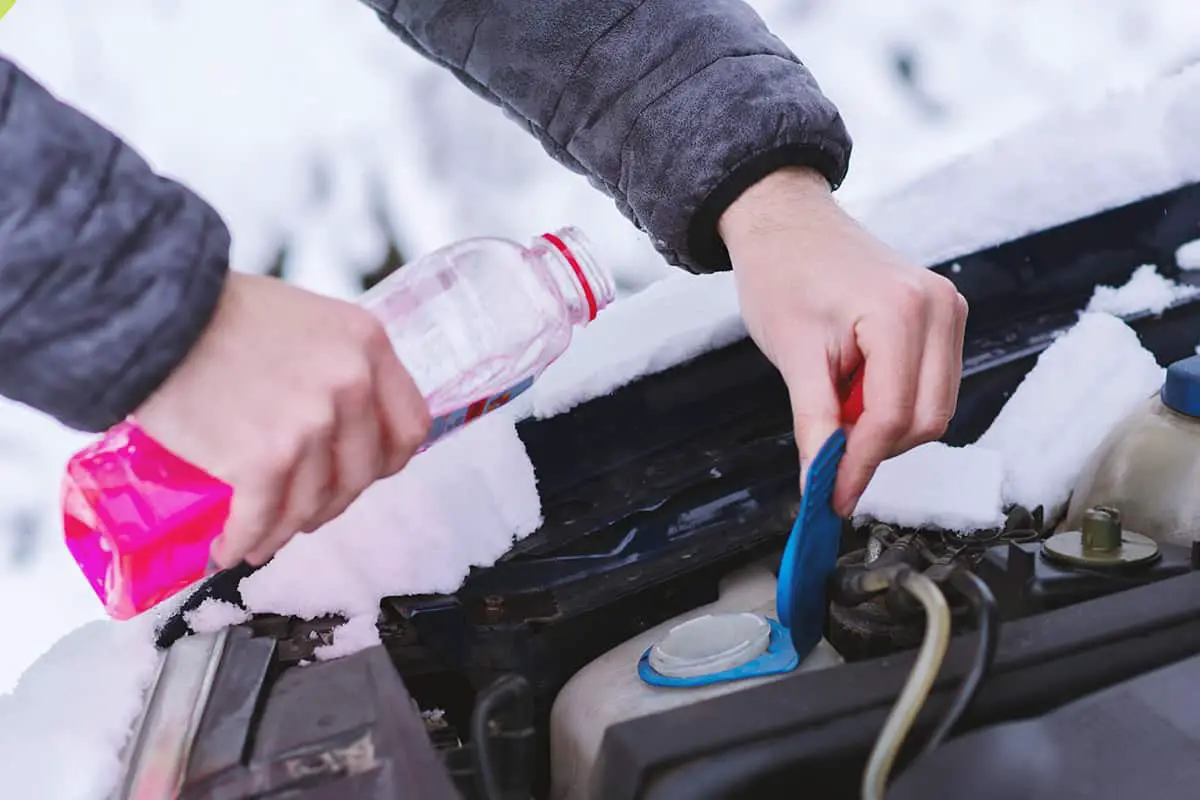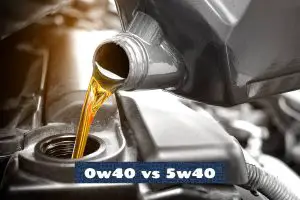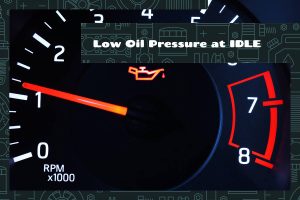If you live in an area where snowfall is measured in feet and not inches, you probably know how important it is to winterproof… well, everything you own! This is why it’s incredibly important that you make sure your car’s engine is filled with the correct type of oil, or it just might freeze over. Speaking of, do you know what temperature car oil freezes?
Most engine oils will begin to thicken at 50°F (10°C) and become unusable at -20°F (-29°C). That said, the freezing temperature for car oil depends on its grade.
In this guide, I’ll explain how to decipher car oil grades, which oil grades are best for colder climates, and what sort of things you can do to prepare your car for harsh winters.
What Is Car Oil?
Car oil, also known as engine oil, is a crucial fluid that lubricates the internal moving parts of a vehicle’s engine. It helps reduce friction, heat, and wear and tear on the engine, which increases the engine’s lifespan and improves its performance. The oil also helps keep the engine clean by removing debris and contaminants, and it helps cool the engine by dissipating heat.
There are different types of engine oil, such as conventional, synthetic, and high mileage, and each one is designed for specific types of engines and driving conditions. It’s important to regularly check the oil level in your vehicle and change it at the recommended intervals to keep your engine running smoothly and efficiently.
What Are the Car Oil Grades?
Car oil grades refer to the viscosity, or thickness, of engine oil. Viscosity affects the oil’s ability to flow through the engine and its ability to provide adequate lubrication.
The oil grade is typically identified by a two-digit number followed by the letter “W”. The number indicates the oil’s viscosity at a specific temperature, typically at low temperatures, while the “W” stands for “Winter.”
It’s important to use the correct oil grade for your vehicle as specified in the owner’s manual. Using the wrong grade of oil can cause serious damage to your engine and negatively impact its performance. Here are some common oil grades:
What Oil Grade Is Best for Colder Climates?
In cold climates, it’s recommended to use a low-viscosity oil such as a 5W-30 or a 0W-20. These oils have lower viscosity at low temperatures and flow more easily through the engine, providing better lubrication and protection in the cold.
Thicker oils, such as a 10W-40, are more suitable for high-performance engines or in hot climates, where high engine temperatures can cause the oil to thin. In cold temperatures, thicker oils can become too viscous and struggle to flow through the engine, leading to decreased protection and increased wear.
The following are descriptions of the most common types of car oils and in what conditions they should be used.
1. 5W-30
5W-30 oil is a low-viscosity oil that provides good fuel efficiency and protection. It’s designed to flow easily through the engine at low temperatures, which helps reduce wear and tear on the engine and improve its starting performance in cold weather. At higher temperatures, the oil’s viscosity increases to provide better protection against wear and heat.
This oil grade is particularly suitable for vehicles that are used in moderate climates and normal driving conditions. It’s also a popular choice for vehicles with tight tolerances and fuel-efficient engines, as it provides good protection while also helping to improve fuel economy.
2. 0W-20
0W-40 oil is a low-viscosity oil that provides excellent protection and performance in extreme temperatures. It’s designed to flow easily through the engine at low temperatures, which helps reduce wear and tear on the engine and improve its starting performance in cold weather. At higher temperatures, the oil’s viscosity increases to provide better protection against wear and heat. This oil grade is particularly suitable for high-performance engines, such as those in sports cars
3. 10W-40
10W-40 oil is a thicker oil that provides good protection and performance in a variety of conditions. It’s designed to flow easily through the engine at low temperatures, but its higher viscosity provides better protection against wear and heat compared to lower-viscosity oils. This makes it a suitable choice for high-performance engines or for vehicles that operate in extreme temperatures.
This oil grade is also a popular choice for older vehicles or vehicles with high mileage, as its thicker viscosity can help compensate for wear and tear on the engine. However, it’s important to keep in mind that using a thicker oil can impact fuel efficiency and performance.
At What Temperature Does Car Oil Freeze?
The temperature at which car oil freezes can vary depending on the type of oil and the specific formulation. Most conventional mineral-based engine oils will freeze at around -20°F (-29°C) or lower. Synthetic engine oils, which are designed to provide improved performance in extreme temperatures, may have a lower freeze point and can remain liquid at temperatures as low as -58°F (-50°C).
It’s important to note that even if the oil does not freeze solid, it can become thick and sluggish at very low temperatures, which can affect the performance of the engine. This is why it’s important to use an oil with a low viscosity, such as a 0W-20 or 5W-30, in cold climates.
Tips for Winterizing Your Car
1. Check oil levels

Low oil levels can cause the engine to run poorly, reducing fuel efficiency and increasing wear and tear. The cold weather can also cause the oil to thicken, which can affect its ability to lubricate the engine and protect it from wear and tear.
By checking the oil level regularly, you can ensure that there is enough oil in the engine to keep it running smoothly and provide proper lubrication. This can help prevent engine damage caused by cold weather and improve the overall performance and reliability of your vehicle.
2. Test the battery
Cold temperatures can reduce a battery’s capacity to hold a charge, making it harder to start the engine and run the electrical systems. In extreme cold, a weak battery may not have enough power to start the engine at all.
By checking the battery before winter sets in, you can identify and address any issues that may be affecting its performance. This may include checking the battery’s voltage and replacing it if necessary, as well as cleaning the battery terminals and cables to ensure good connectivity.
3. Guard your tires
Cold temperatures can make it more difficult to maintain the correct inflation levels. Winter driving conditions, including snow, ice, and slush, can also increase the risk of tire damage and reduce traction, making it more difficult to control your vehicle on the road.
You can help ensure that they are in good condition and ready to handle the cold weather and challenging driving conditions by winterizing the tires. This may include checking the tire pressure regularly (the TPMS system should help with that), switching to winter tires if necessary, and checking the tread depth to make sure the tires have enough traction.
4. Fill up on antifreeze

Antifreeze, also known as engine coolant, is a fluid used in the radiator of a car’s engine to regulate its temperature. It helps to prevent the engine from overheating during the summer, and from freezing during the winter.
In winter, antifreeze helps to keep the engine coolant from freezing in the radiator and engine block, which can cause damage to the engine. When the coolant freezes, it expands and can crack the engine block, which can result in a costly repair.







